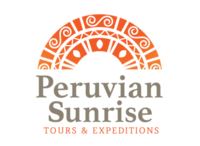What Festivities Are There in July in Peru?
Peru is well known for its breathtaking natural landmarks, varied weather patterns, and abundant wildlife. The most important of the many noteworthy festivities is on July 28, which is Peru's Independence Day. The declaration of independence by General José de San Martín celebrated its 200th anniversary last year. Furthermore, this month honors Machu Picchu's designation as one of the most amazing tourist destinations in the world. There are plenty of reasons to celebrate in Peru, and July offers a plethora of significant events that showcase the nation's rich cultural heritage.
The 5 Most Important Festivities in July in Peru
Peru's vibrant celebrations and cultural events, which showcase the nation's rich history and customs, take place throughout the month of July. Whether it's celebrating important historical milestones or paying tribute to its breathtaking natural landmarks, these celebrations unite communities in joyous celebration. These are the top five July celebrations that highlight Peruvian culture and heritage.
July 7: Machu Picchu Named Wonder of the World
Machu Picchu has been regarded as one of the seven wonders of the modern world for sixteen years, and this recognition was given to it on July 7. Machu Picchu's natural beauty and archaeological significance are honored by this recognition. This Incan citadel, which is perched 2,430 meters above sea level, enthralls tourists with its breathtaking mountainous surroundings and well-preserved buildings.
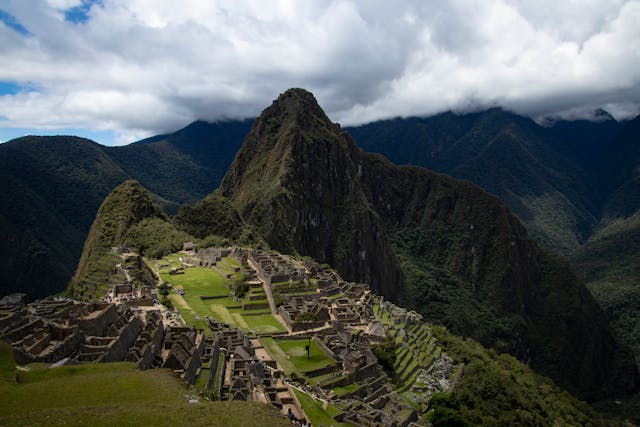
July 16: Virgen del Carmen
July 15 and 16 are dedicated to celebrating the Virgen del Carmen, also known as "Mamacha Carmen," in Paucartambo, Cusco, and other regions of Peru. Along with a plethora of cultural activities, devotees offer prayers for their families, health, and projects. The image of the Virgin, which was unintentionally sent from Spain to Paucartambo, is currently housed in the Virgen del Rosario Temple. Among the groups performing traditional dances at the festival are the Qhapaq Qolla, Qhapac Negro, Chunchachas, and Qhapac Ch'uncho. In order to see the magnificent sunrise over the jungle, visitors frequently ascend to the top of the Mirador de Tres Cruces.
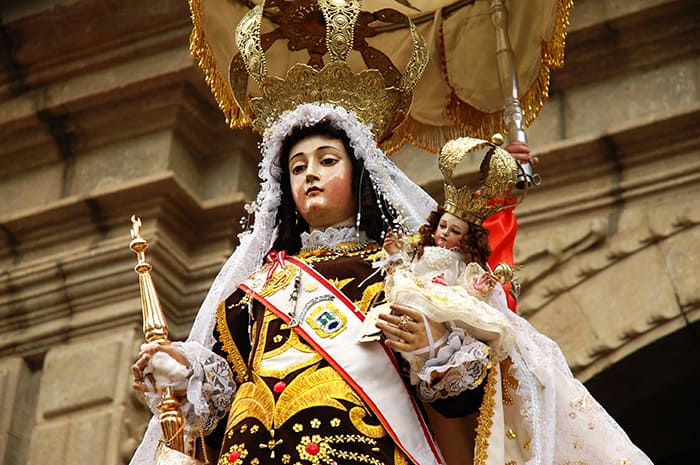
July 3rd Sunday: National Pollo a la brasa (Barbecued Chicken) Day
One of the most popular dishes in Peru, pollo a la brasa, is celebrated on the third Sunday of July. Ministerial Resolution No. 0441-2010-AG established this day. This recipe, which was developed in Chaclacayo in 1950 by Swiss immigrant Roger Schuler, calls for cooking chicken in just water and salt. More seasonings were added over time, turning it into a delectable culinary creation. Particularly popular among diners are traditional sauces like ketchup, mustard, and mayonnaise.
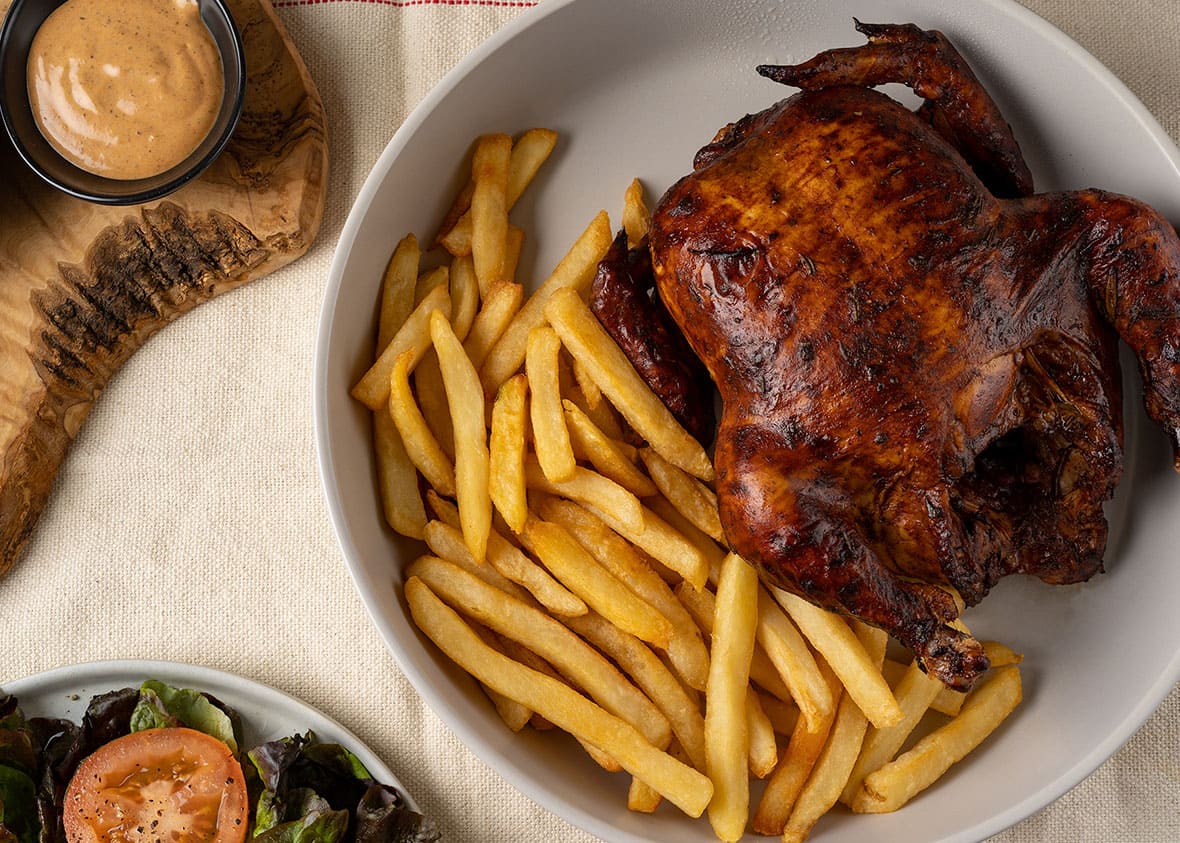
July 28: Declaration of Independence
A significant day in Peruvian history, July 28 is when General José de San Martín proclaimed Peru to be an independent state in 1821. This declaration was made in the Plaza Mayor of Lima. Red and white decorations are placed on buildings, homes, businesses, and public areas. The Peruvian National Police, Army, and Navy participate in patriotic parades. People wear the Escarapela, a symbol of national pride, in public places like schools.
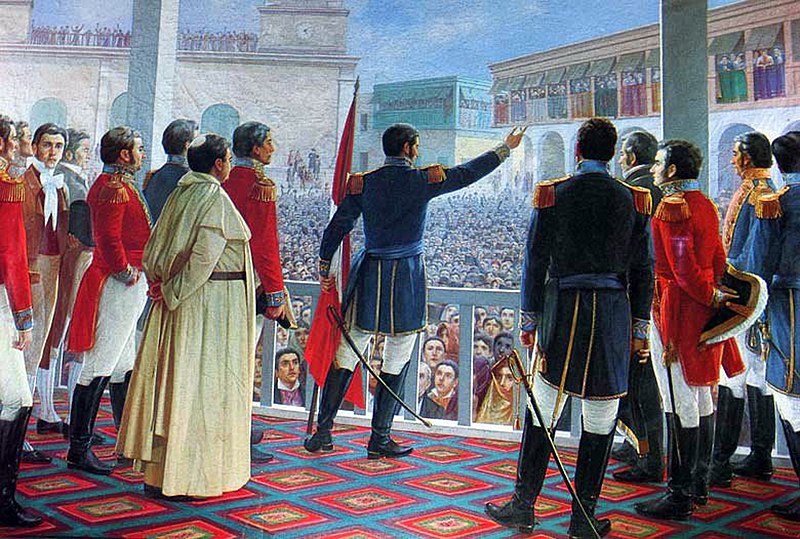
July 29: The Grand Military Parade, or Fiestas Patrias
On July 29, a Grand Military Parade honoring Peru's Armed Forces and National Police will carry on the festivities. This Civic-Military Parade honors the nation's heroes and armed forces with displays of patriotic artifacts, military hardware, and transportation units. It honors the patriots who battled for their country's independence while showcasing the rich customs, cuisine, and culture of Peru.
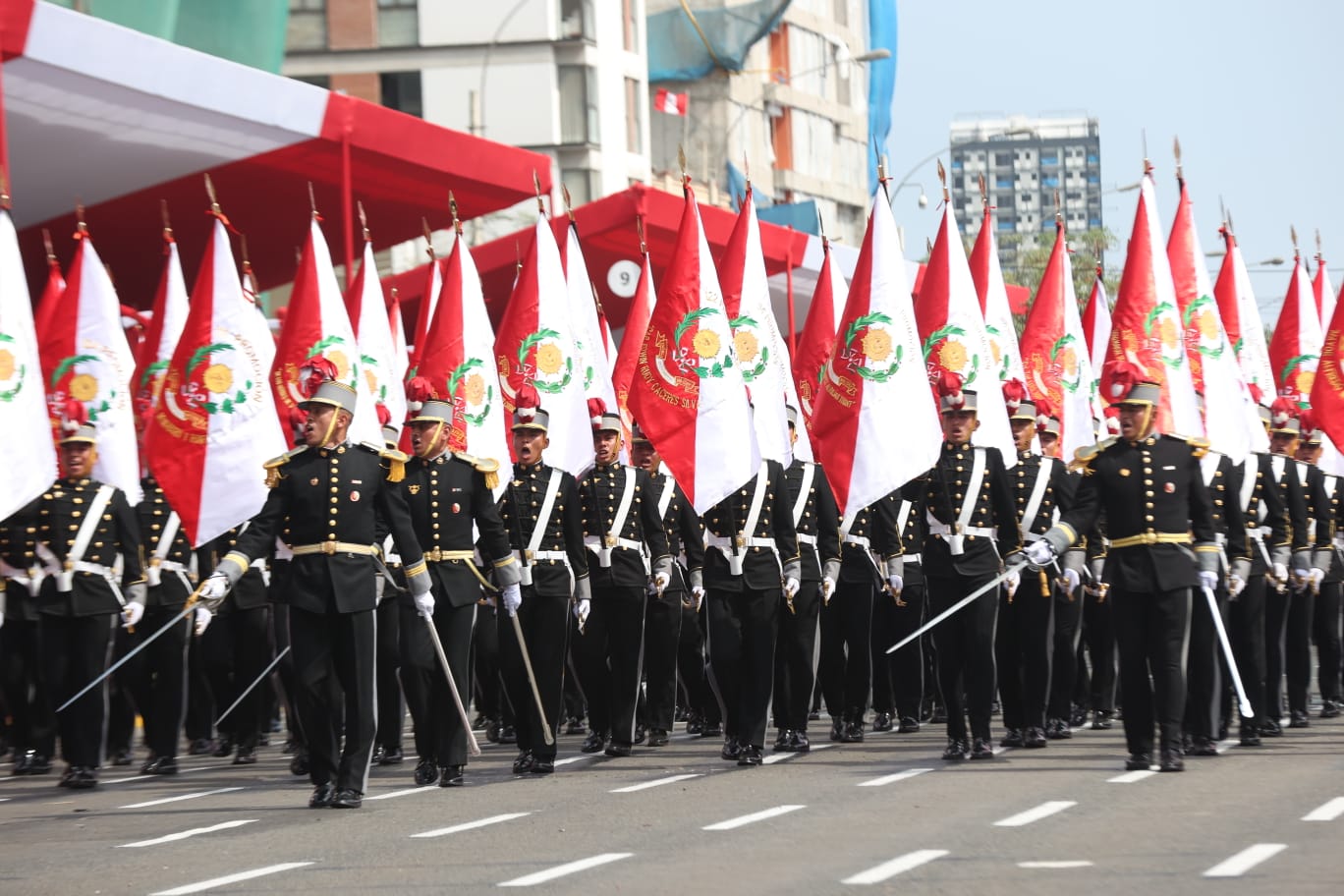
July's final days: Yawar Fiesta
In Cusco and other high Andean regions, the Yawar Fiesta, also known as "Fiesta de Sangre," is observed in late July. A condor is tied to the back of a bull in a traditional Andean bullfight, which takes place during this festival. The conflict between the native population (condor) and the Spanish conquistadors (bull) is represented by the event. The condor is released back into the wild following the performance. If the condor makes it through, it is considered a lucky omen; if not, it is thought to portend impending bad luck.
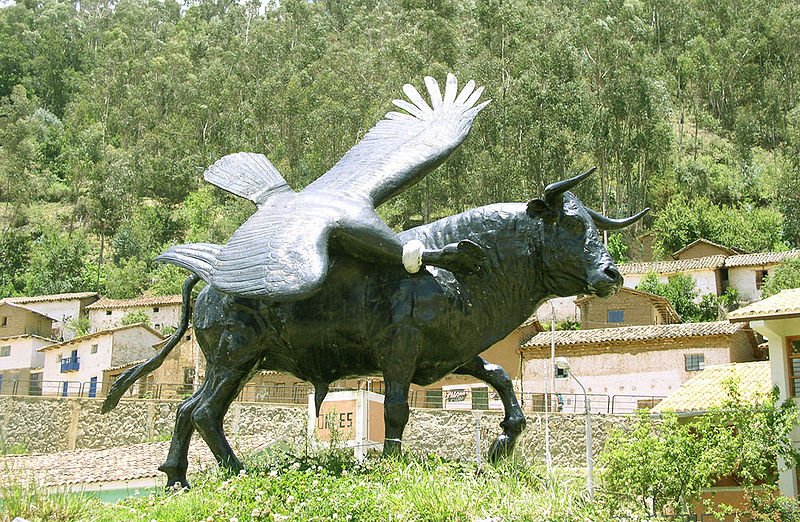
These are just a handful of the numerous colorful and richly cultural celebrations that take place in Peru in July. Experience the distinctive customs, songs, dances, and vibrant costumes that characterize Peruvian culture at every event. Immersion in these festivities and a chance to see Peru's enduring heritage are available to visitors in July.
Consult our expert advisors today to start your adventure with Peruvian Sunrise. Book your trip now and start the adventure of a lifetime.
Thank you for reading!
Please, follow us on Facebook and Instagram, click on the following icons: ![]()
![]()
![]()
And If you liked the article, you are very welcome to share it on your social media.
